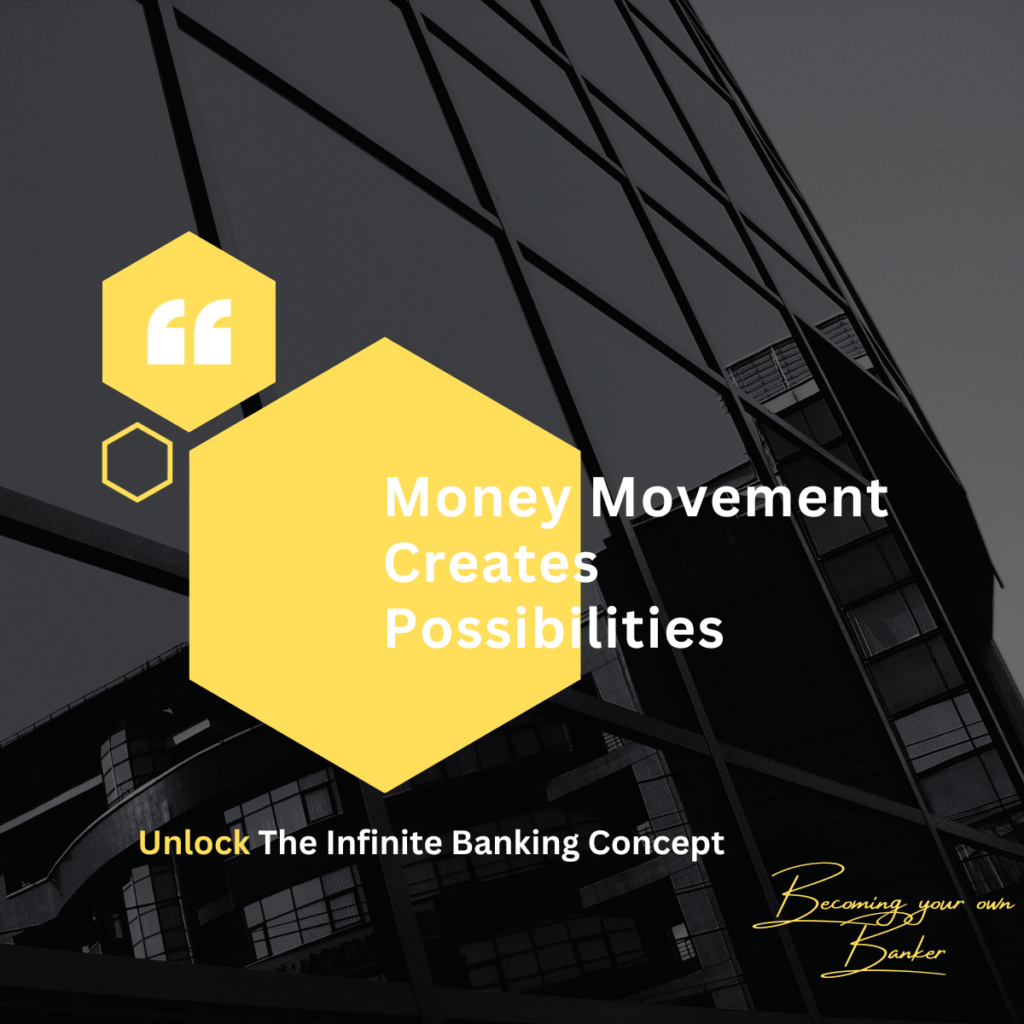In the world of entrepreneurship, where risk and innovation intertwine, some of the most iconic figures have employed unconventional financial strategies to propel their ventures to unprecedented heights. One such strategy that has quietly played a pivotal role in the success stories of many entrepreneurs is the utilization of whole life insurance. In this exploration, we delve into the narratives of renowned business leaders who strategically incorporated whole life insurance into their financial portfolios, unraveling the untold stories of how this financial tool became a catalyst for their business growth.
The Foundation of Financial Security:
Whole life insurance, often overlooked in traditional business discussions, emerged as an unexpected cornerstone for financial security in the entrepreneurial journeys of various business magnates. The unique structure of whole life insurance policies provides a dual benefit—a life insurance component and a cash value accumulation feature. Entrepreneurs who recognized the potential of this tool discovered a reliable source of financial security that extended beyond the conventional boundaries of business loans and credit lines.
Walt Disney: The Architect of Dreams and Financial Wisdom:
Walt Disney, the visionary behind the Magic Kingdom, was not only a pioneer in animation but also a shrewd financial strategist. In the early days of building his entertainment empire, Disney faced financial challenges that could have jeopardized his dreams. However, he leveraged whole life insurance to create a safety net for his business endeavors. By accumulating cash value within these policies, Disney secured a stable source of funding, allowing him to weather financial storms and transform his dreams into the enchanting world of Disney that we know today.
Ray Kroc: The Visionary Force Behind McDonald’s:
Ray Kroc, the force behind McDonald’s global dominance, understood that success in the fast-food industry required more than just a revolutionary concept. It demanded financial acumen and resilience. Kroc, recognizing the potential of whole life insurance, strategically integrated these policies into his financial toolkit. The cash value served as a financial cushion, providing him with the flexibility to seize expansion opportunities, establish franchises, and solidify McDonald’s position as an international powerhouse.
Coco Chanel: The Fashion Maven’s Financial Elegance:
Coco Chanel, the iconic fashion designer, not only revolutionized the industry but also displayed a keen sense of financial elegance. In the realm of fashion, where trends are fleeting, Chanel recognized the need for stability. Whole life insurance policies became her financial confidants, accumulating cash value that allowed her to navigate the volatile nature of the fashion business. The financial security provided by these policies empowered Chanel to innovate without compromising the legacy of her brand.
Henry Ford: Revolutionizing Industry and Finance:
Henry Ford, the pioneer of the assembly line and mass production, not only revolutionized the automotive industry but also left an indelible mark on the world of finance. Ford, a staunch believer in financial independence, incorporated whole life insurance as a key component of his financial strategy. The cash value generated from these policies provided him with the capital to fuel his ambitious projects, ensuring the sustained growth of the Ford Motor Company.
Martha Stewart: Crafting Success Through Financial Savvy:
Martha Stewart, the lifestyle mogul, seamlessly blended creativity with financial savvy. Beyond her prowess in the kitchen and the art studio, Stewart recognized the importance of financial planning. Whole life insurance policies became integral to her wealth management strategy, offering a stable foundation that allowed her to diversify her business ventures. The cash value accumulated within these policies served as a financial reservoir, supporting Stewart’s foray into various lifestyle sectors.
The Unseen Engine of Growth:
What unites these entrepreneurs is the realization that whole life insurance is not merely a protective measure but an unseen engine of growth. The ability to borrow against the cash value of these policies provides entrepreneurs with a flexible source of capital. Unlike traditional loans, the interest paid goes back into the policy, contributing to the policyholder’s financial growth. This unique financial mechanism has allowed entrepreneurs to bridge gaps, seize opportunities, and navigate the unpredictable terrain of business with confidence.
The Legacy of Financial Wisdom:
The legacy of entrepreneurs leveraging whole life insurance as a strategic financial tool extends beyond the immediate success of their ventures. It represents a paradigm shift in how business leaders view and manage their finances. The stories of Walt Disney, Ray Kroc, Coco Chanel, Henry Ford, and Martha Stewart serve as blueprints for a new generation of entrepreneurs, emphasizing the importance of integrating unconventional yet powerful financial instruments into their toolkit.
Risk Mitigation and Long-Term Vision:
One of the distinctive features of whole life insurance is its role in mitigating risks and supporting long-term business visions. Entrepreneurs operating in dynamic industries understand that success requires more than short-term gains. Whole life insurance policies, with their cash value accumulation and borrowing capabilities, offer a buffer against economic downturns, enabling businesses to weather storms and emerge stronger on the other side. The long-term vision of these entrepreneurs was not compromised by financial uncertainties, thanks to the stability provided by whole life insurance.
Flexibility in Capital Deployment:
The ability to borrow against the cash value of whole life insurance policies grants entrepreneurs unparalleled flexibility in capital deployment. Traditional loans often come with stringent terms and conditions, but borrowing against a life insurance policy allows entrepreneurs to access capital swiftly and on their terms. This flexibility empowers them to seize opportunities, invest in innovation, and navigate the ever-changing landscape of their industries with agility.
Entrepreneurial Resilience in Economic Downturns:
Throughout economic history, entrepreneurs who weathered financial downturns and emerged stronger have been those who embraced innovative financial strategies. The entrepreneurs mentioned understood that economic cycles are inevitable, and business resilience depends on prudent financial planning. Whole life insurance, with its intrinsic ability to accumulate cash value over time, provides a reliable anchor during economic storms. The resilience of these entrepreneurs during challenging times underscores the role that whole life insurance played in safeguarding their ventures.
Diversification Beyond Business Ventures:
While these entrepreneurs achieved renown in their respective industries, their forays into whole life insurance signify a commitment to diversification beyond their primary business endeavors. This diversification not only shields them from industry-specific risks but also positions them to explore new opportunities. The cash value accrued within these policies became a versatile asset that could be deployed strategically, whether for business expansion, personal ventures, or philanthropic endeavors.
The Entrepreneurial Mindset and Financial Innovation:
The utilization of whole life insurance reflects a distinct entrepreneurial mindset—one that seeks innovative solutions beyond traditional financial instruments. Entrepreneurs, by nature, are risk-takers and visionaries, and the incorporation of whole life insurance aligns seamlessly with this mindset. It’s a testament to their willingness to explore unconventional avenues for financial growth and stability, challenging the status quo and paving the way for a more sophisticated understanding of wealth management.
Looking Ahead:
As the business landscape continues to evolve, the stories of these entrepreneurs serve as a beacon for those navigating the complex intersection of entrepreneurship and finance. The integration of whole life insurance into their financial strategies represents not just a choice of financial instrument but a mindset—a belief in the importance of holistic wealth management and the power of strategic financial planning.
In a world where entrepreneurship is synonymous with risk and reward, the legacy of these visionaries provides a valuable lesson. Beyond the products and services that define their brands, the financial strategies they employed, including whole life insurance, are integral components of their success. As aspiring entrepreneurs chart their courses in the competitive business arena, the wisdom embedded in these stories encourages them to explore the vast landscape of financial tools available, recognizing that innovation is not limited to products and services but extends to the very fabric of how they manage and grow their wealth.
In conclusion, the integration of whole life insurance into the financial narratives of these iconic entrepreneurs is not just a footnote; it’s a pivotal chapter that sheds light on the intersection of risk-taking, innovation, and financial acumen. As new chapters are written by the entrepreneurs of tomorrow, the influence of whole life insurance as a strategic ally in wealth management is poised to endure, echoing the footsteps of those who understood that building empires requires not just vision, but a solid financial foundation.
Conclusion:
In the tapestry of entrepreneurial success, the stories of Walt Disney, Ray Kroc, Coco Chanel, Henry Ford, and Martha Stewart reveal a common thread—the strategic integration of whole life insurance as a catalyst for business growth. Beyond the spotlight of innovation and market dominance lies the often-overlooked financial wisdom that these visionaries employed to fortify their ventures. Whole life insurance, with its dual nature of protection and wealth accumulation, has emerged as a silent partner in the entrepreneurial journey, providing stability, security, and the financial foundation needed to turn dreams into enduring legacies. As the business world continues to evolve, the stories of these entrepreneurs stand as a testament to the multifaceted benefits that whole life insurance can bring to those with the vision to see beyond conventional financial strategies.









